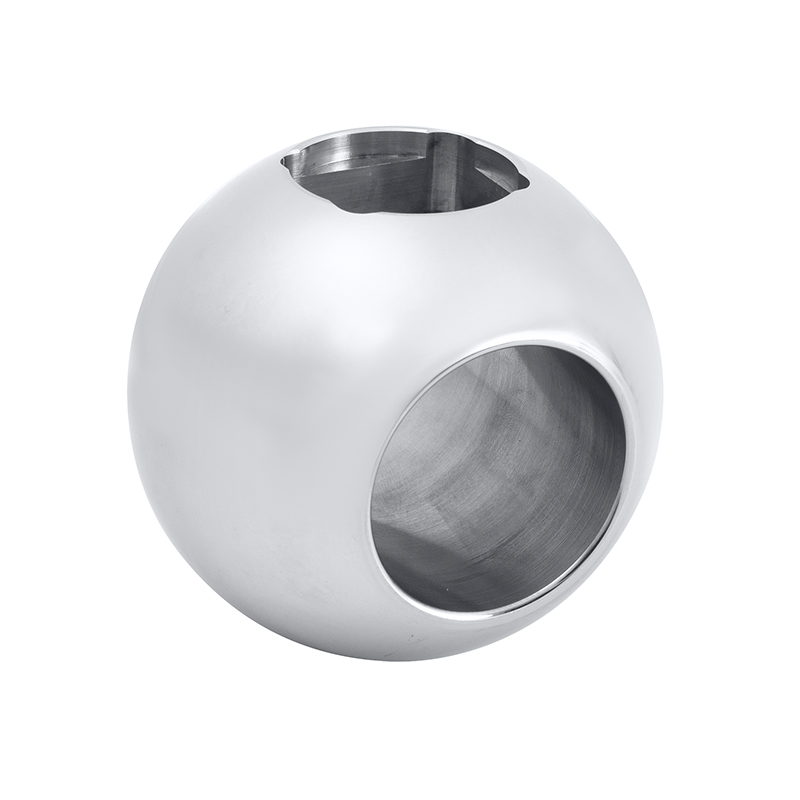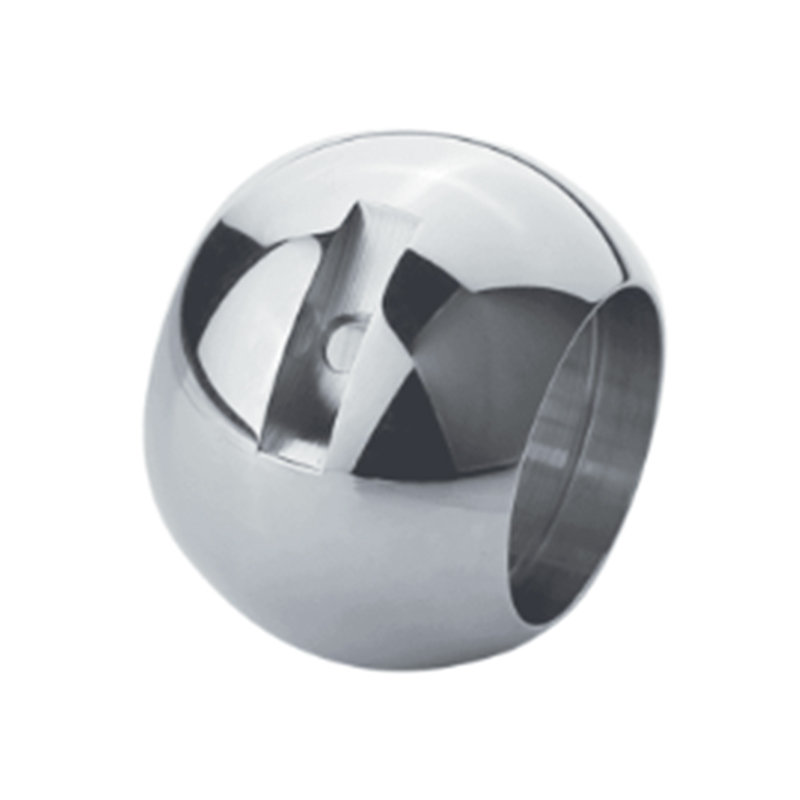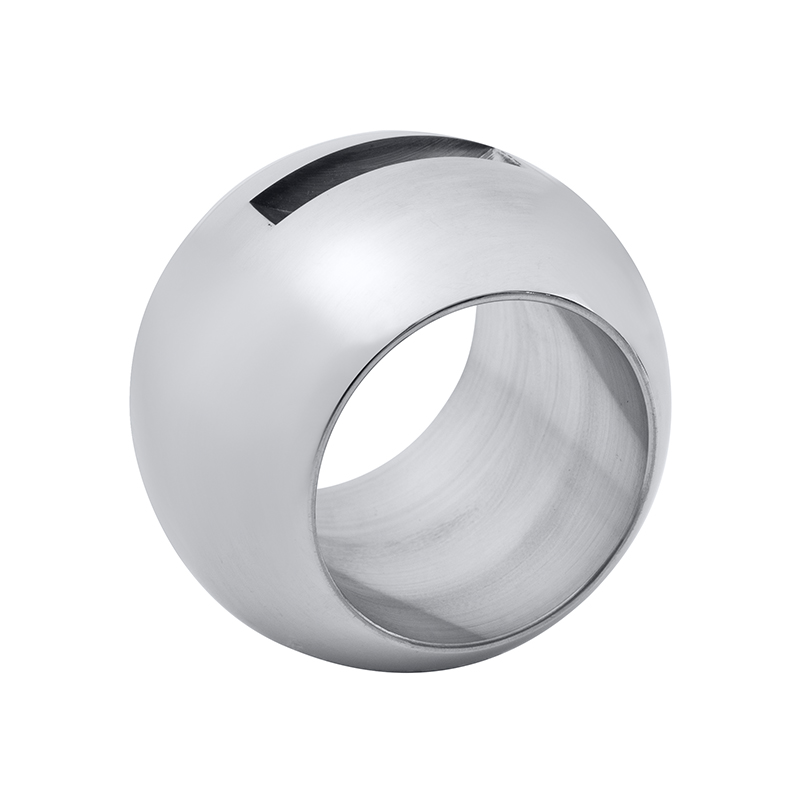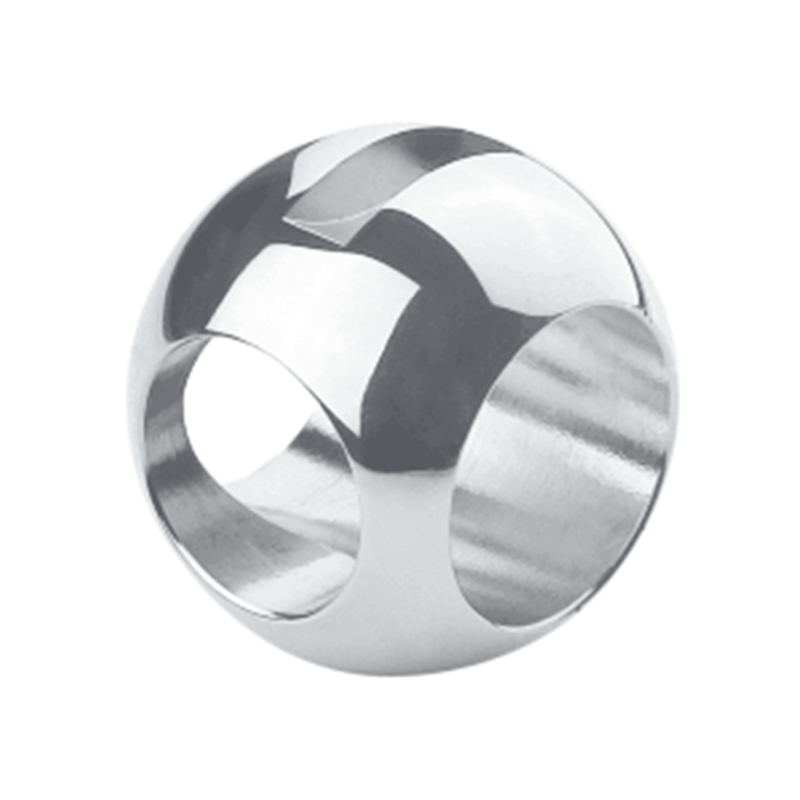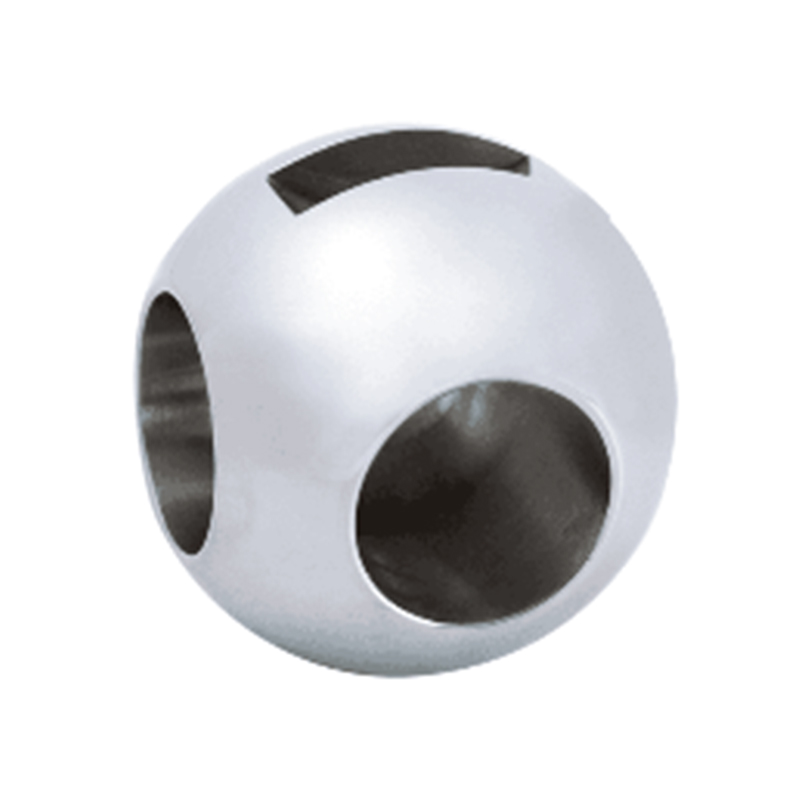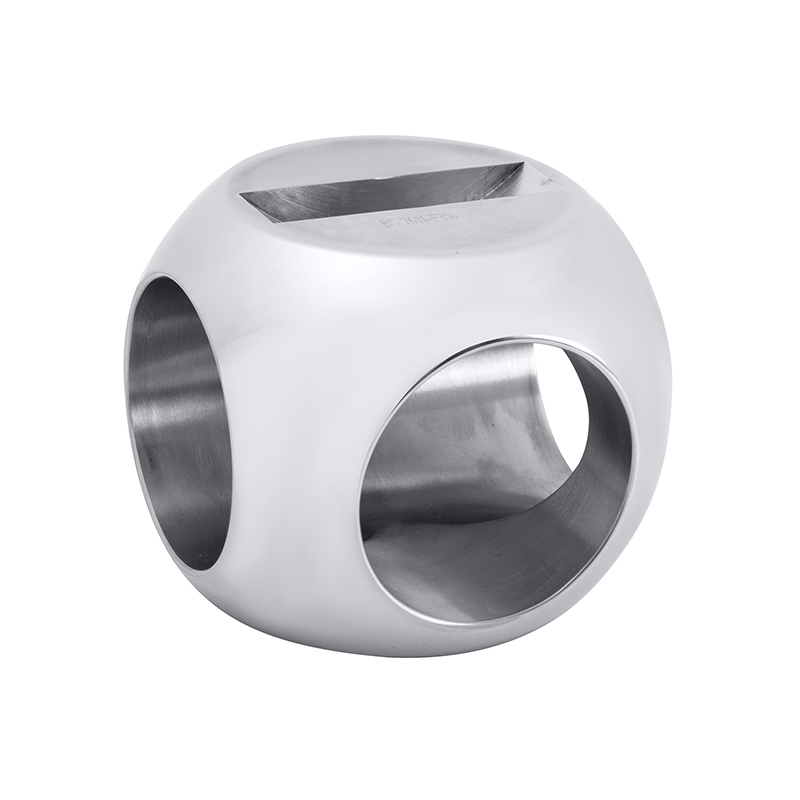Among the many types of ball valves, the 3 part ball valve and the T type ball valve are widely used for various process control systems. With advancements in technology, the integration of smart sensors into valve ball monitoring systems is revolutionizing how these valves are maintained, operated, and monitored, providing enhanced operational safety and efficiency.
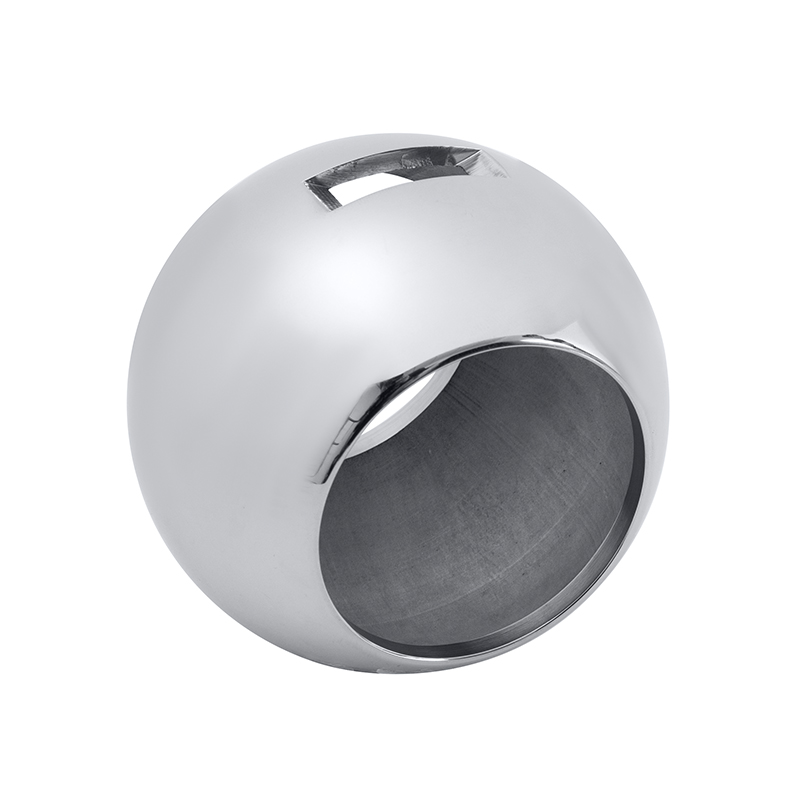
Understanding 3 Part Ball Valves and T Type Ball Valves
The 3 part ball valve is constructed in three separate pieces — typically two end caps and a central body — allowing for easy maintenance without the need to remove the entire valve from the pipeline. This design simplifies cleaning, repair, and replacement of internal components, making it a preferred choice for industries requiring frequent valve maintenance.
On the other hand, the T type ball valve is designed with a T-shaped bore inside the ball, which enables it to control flow in multiple directions. This valve is particularly useful in diverting or mixing flows in piping systems, adding flexibility to fluid management processes.
Both valve types are fundamental components in industrial setups such as chemical processing, oil and gas, water treatment, and pharmaceuticals. However, their performance depends heavily on regular monitoring to detect wear, leakage, and operational issues that could advance to system failures.
Role of Smart Sensors in Valve Ball Monitoring
Integrating smart sensors into valve ball monitoring systems introduces a new level of intelligence to the management of these critical components. Sensors can collect real-time data about valve position, pressure, temperature, and flow rates, enabling proactive maintenance and reducing the risk of unexpected failures.
Smart sensors installed on 3 part ball valves provide continuous monitoring of each segment's status, offering insights into wear and tear and potential sealing problems. Since the 3 part ball valve is designed for ease of disassembly, sensor data can guide technicians precisely where attention is needed, optimizing maintenance schedules and reducing downtime.
For T type ball valves, which manage complex flow directions, smart sensors help verify that the valve is correctly positioned to direct the flow as intended. Misalignment or partial closure can be detected early, allowing operators to make adjustments before any significant disruption occurs.
Benefits of Sensor Integration in Valve Systems
Predictive Maintenance: Sensors enable condition-based monitoring rather than time-based maintenance, focusing resources only when sensor data indicates potential problems. This reduces unnecessary maintenance costs and enhances the operational life of both 3 part ball valves and T type ball valves.
Enhanced Safety: Early detection of leaks or blockages in ball valves prevents hazardous situations, especially in industries handling toxic or flammable substances. Smart sensors provide alarms and notifications, giving operators enough time to intervene.
Operational Efficiency: Real-time monitoring allows for fine-tuning of valve positions, which improves the overall flow control accuracy. For T type ball valves, this is especially valuable since they can switch flows between multiple outlets or mix fluids, requiring precise operation.
Data-Driven Insights: The integration of sensors facilitates data collection that can be analyzed for long-term trends, helping to improve valve design and system layouts in the future.
Challenges and Considerations
While the integration of smart sensors offers many advantages, there are considerations to ensure their effective application:
Environmental Compatibility: Valves often operate in harsh environments, including high pressure, temperature bads, and corrosive media. Sensors used in 3 part ball valves and T type ball valves must be robust and protected against these conditions.
Power Supply and Communication: Reliable power sources and secure communication protocols are essential for continuous data transmission, especially in remote or hazardous locations.
Integration with Control Systems: The sensor data must be compatible with existing control and automation systems, allowing operators to receive actionable information in a user-friendly format.
Future Trends
The evolution of the Industrial Internet of Things (IIoT) and advancements in sensor technology are paving the way for more sophisticated valve ball monitoring systems. Wireless sensors with self-diagnostic capabilities, energy harvesting modules, and AI-driven analytics are likely to become standard features in the near future.
For both 3 part ball valves and T type ball valves, these developments will support smarter, more efficient, and safer fluid control operations, less downtime and improving overall system reliability.
The integration of smart sensors into valve ball monitoring systems marks a significant step forward in industrial valve management. By equipping 3 part ball valves and T type ball valves with intelligent sensing technologies, industries can achieve improved maintenance practices, enhanced safety measures, and optimized process control. As sensor technology continues to advance, the future of valve monitoring promises to deliver even greater operational benefits and system insights.

 English
English Español
Español Deutsch
Deutsch
